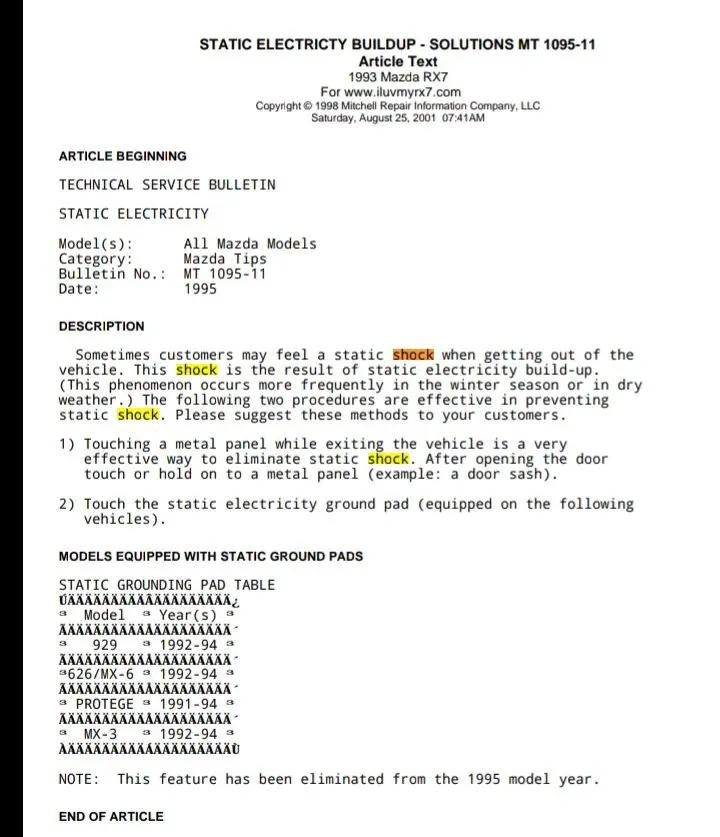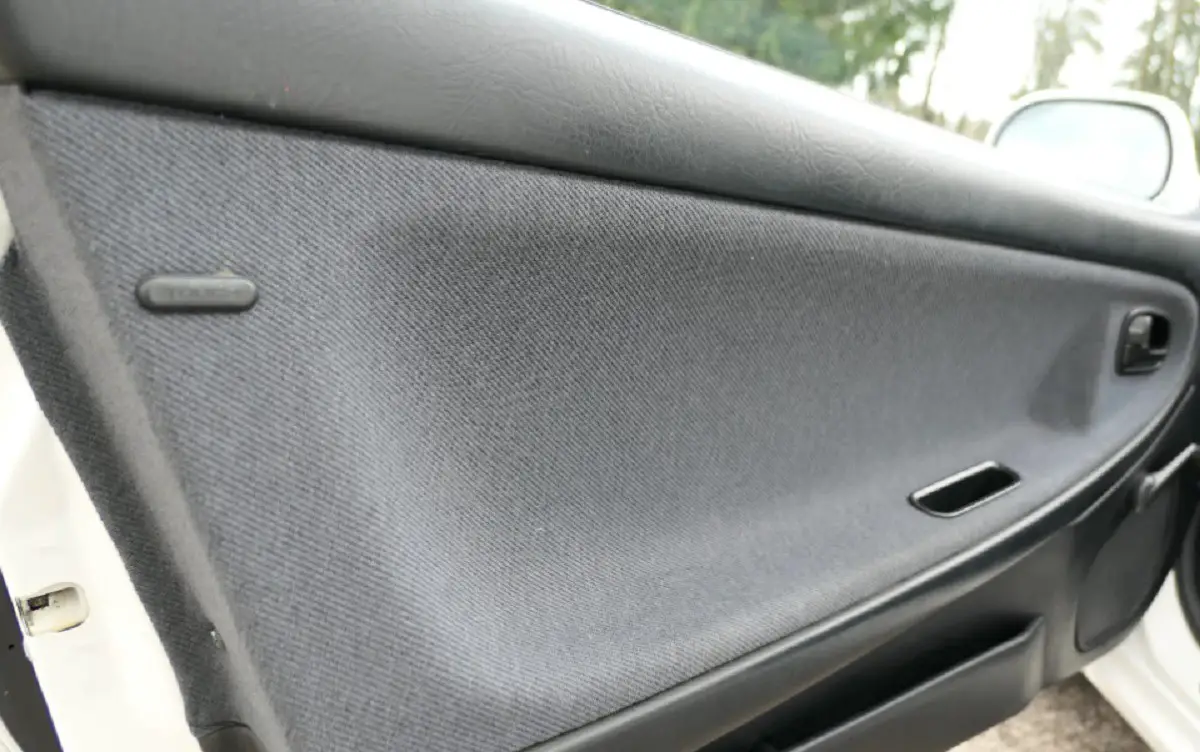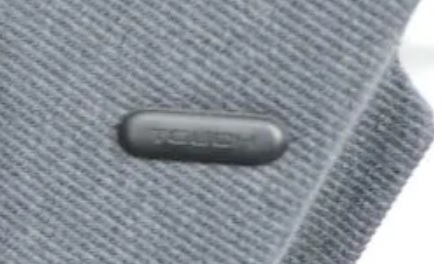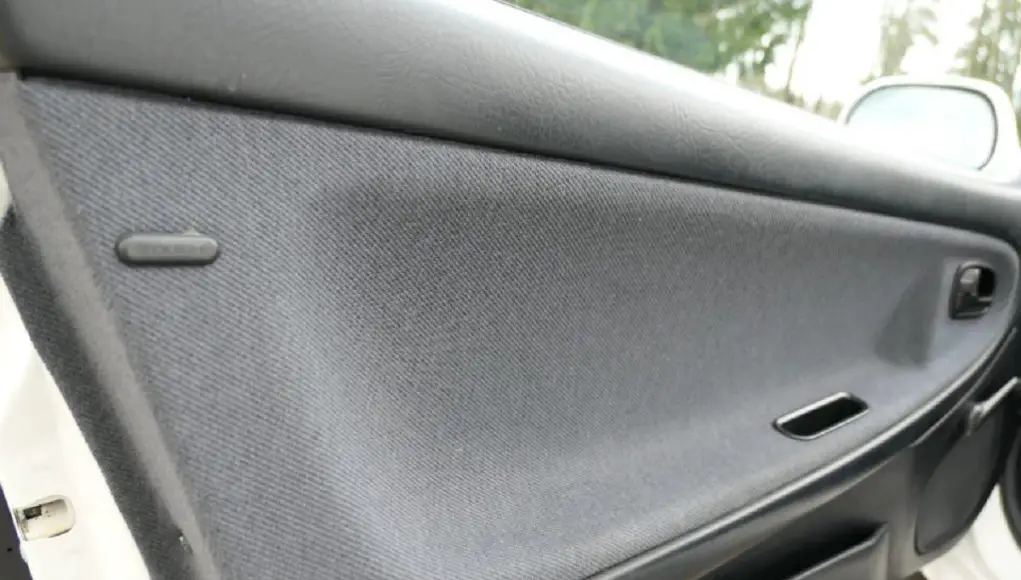This is what that plastic oval that says touch on the door of your mid-’90s Mazda does.
Scrolling through a thread of what car owners on Reddit thought was the most useless feature manufacturers equipped their cars with and I came across this ingenious way Mazda helped their owners dissipate static shock build-up.
Mazda called them Static Electricity Ground Pads and according to a Technical Service bulletin Mazda published in 1995, only the following Mazda were equipped with this unique, but ultimately deemed useless by their owners, feature.
- 1992-1994 Mazda 929
- 1992-1994 Mazda 626/MX-6
- 1991-1994 Mazda Protege
- 1992-1994 Mazda MX-3

Build-up of static electricty was either a big problem with their Mazdas, in general, or they decided to add these to certain Mazdas as a courtesy feature.
Mazda placed them on the driver and passenger door cards designating them as such with “touch” written on them.
Here’s the featured photo of a Mazda MX-3 door again, and a close-up of one.


While getting shocked is annoying, there’s an important reason Mazda used this conductive plastic, unlike metal, it’s non-sparking.
According to /u/Ardric, …
“It’s conductive plastic. It has a high resistance, but it does conduct. The resistance allows it to discharge the static relatively slowly (over a fraction of a second) so it doesn’t spark or zap. This is why it’s better than just touching the metal of the car — unlike the car frame, this touch point will never spark.”
The biggest potential danger where static build up can cause a static related incident is at gas pumps. While rare, it’s not unheard of, like the video from 2004 below shows, where a static electricity discharge can cause a brief flash fire after a tiny static electricity spark meets gas vapors.
For Mazdas not equipped with this magic plastic button, the TSB does spell out how owners (or pretty much any car owner,) can safely discharge static electricity.
“Touching a metal panel while exiting the vehicle is a very effective way to eliminate static shock.”
The key is to hold onto a piece of metal, like the roof of your car or your door pillar before your foot ever hits the ground.
Why Mazda discontinued adding these static electricity ground pads, your guess is as good as mine.
Perhaps, like that Redditor hinted at, most Mazda owners didn’t know what they were or didn’t care much for the feature.
By taking them out, it’s one less part to worry about and, while only a few cents, Mazdas are that much cheaper to make.
So, if you have one of these Mazdas with the buttons that say, “touch,” now you know what they do.
And, if you know someone that does have one of these “touch” pads, you can impress them with your knowledge.




